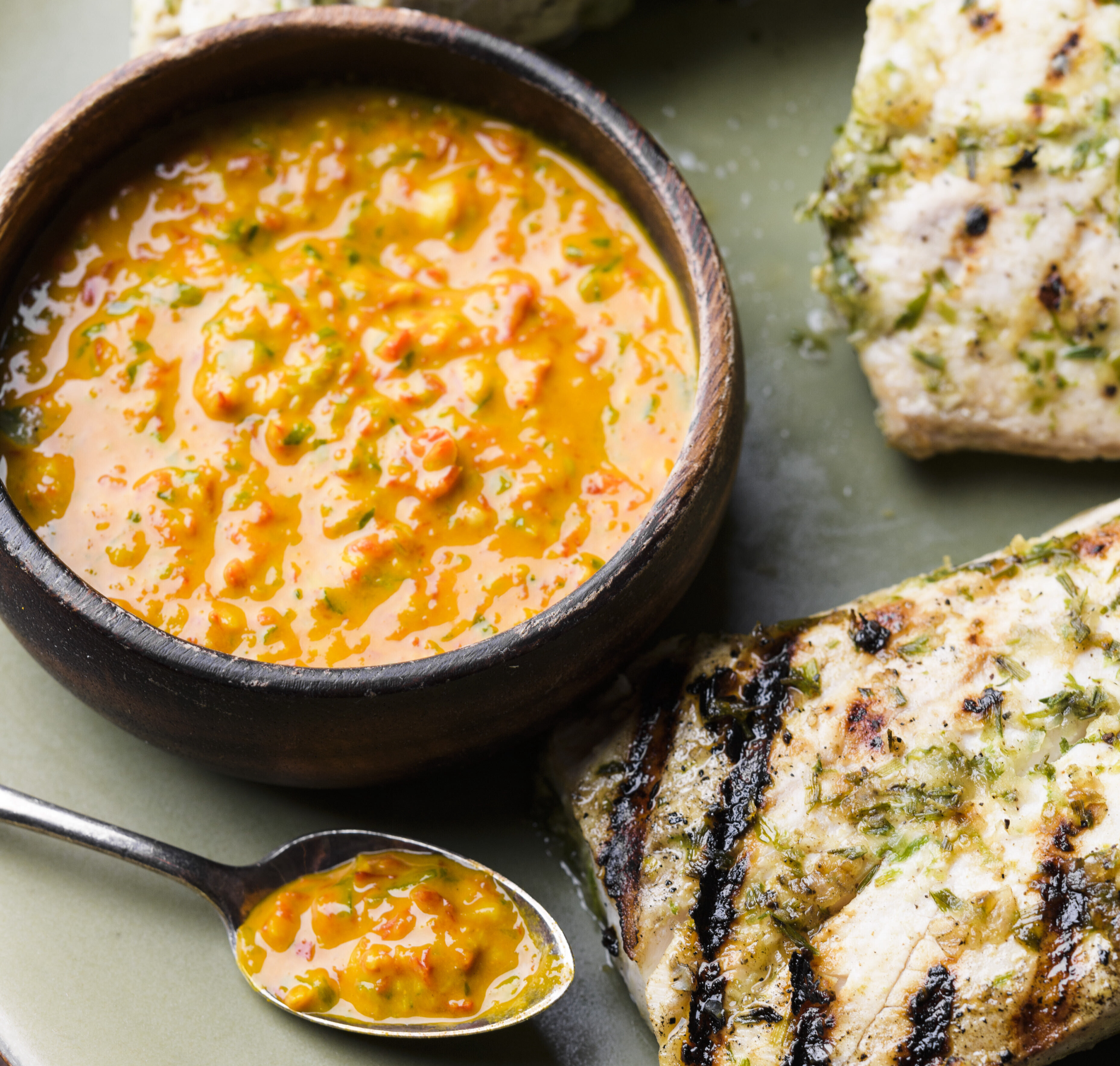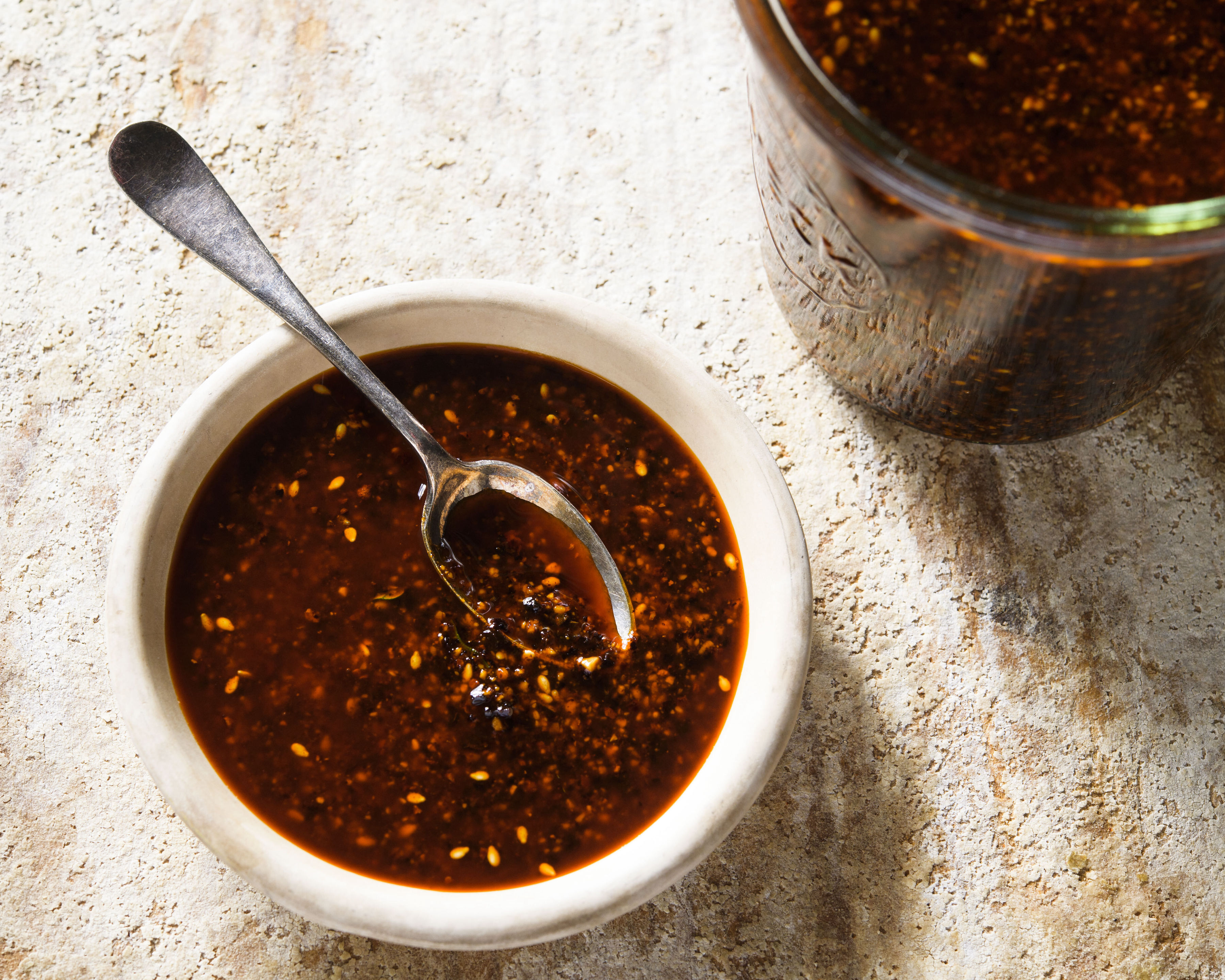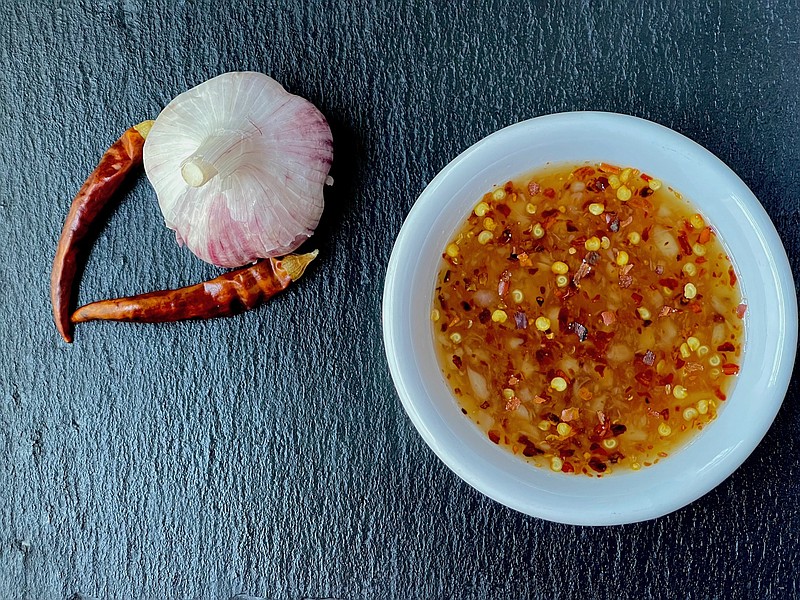Bottles of a leading brand of Sriracha hot sauce are suddenly hard to find, driving up prices for them as high as $150 – but there are alternatives to opening your wallet that wide.
It's the second time in two years that Huy Fong Foods – the best-known producer of Sriracha in the United States – has had low inventory of their tangy sauce with the green cap and rooster label, a problem they attribute to insufficient chile pepper supplies. That and a bit of pandemic hoarding combined to send prices soaring, with some third-party sellers cashing in.
Rather than fall for the hype, remember there's a world of hot sauce alternatives.
Though the brand has near iconic status, Huy Fong's is not the only Sriracha on the market, nor is it even made in the Thai town that gave it its name.
The bright-red sauce was created by Thanom Chakkapak, a home cook in Thailand who mixed a combination of fresh chiles, vinegar, garlic, salt and sugar for her own use. Around the 1930s, she began marketing the sauce as Sriraja Panich, named after her coastal hometown, Si Racha. It became Thailand's bestselling hot sauce.
Years later, a fan of the sauce, David Tran, moved from Vietnam to California and founded Huy Fong, which made a thicker, spicier hot sauce, inspired by Sriraja Panich, that ultimately conquered U.S. kitchens. Huy Fong sources its chiles from Mexico and the U.S. Southwest, where a historic drought has now disrupted the supply chain.
That means a lot fewer bottles on store shelves.
Luckily, hot sauces and similar condiments are not difficult to make, and cooks around the world have alternatives that deliver heat and complex layers of flavor.
Here are just three alternatives, from Barbados, Mexico and Thailand. They won't taste identical to Huy Fong Sriracha, but they don't have to. All are easy to make, and you can relax about the missing rooster.
This hot sauce from Barbados gets its heat from spicy Scotch bonnet chiles. If you can't find those, habaneros are a good substitute. To keep your fingers from being coated in spicy capsaicin, use the chiles' stems as a handle while slicing the sides from the center seed pod. A quick blanch in boiling water tames the chiles' heat but won't affect their subtle fruity flavor. Refrigerated in an airtight container, the hot sauce will keep for up to two weeks. Don't use Dijon mustard in place of the yellow mustard. Along with ground turmeric, plain yellow mustard gives the sauce its vibrant yellow color.
 Bajan Hot Pepper Sauce (Milk Street via AP)
Bajan Hot Pepper Sauce (Milk Street via AP)
Bajan Hot Pepper Sauce
- 2 Scotch bonnet or habanero chiles
- 3 medium cloves garlic, peeled
- 3 green onions, roughly chopped
- 3 tablespoons white vinegar
- 1½ teaspoons ground turmeric
- 1 teaspoon packed brown sugar
- ¼ teaspoon kosher salt
- 2 tablespoons yellow mustard
- 2 teaspoons lime juice
Bring a small saucepan of water to a boil. Holding each chile by its stem, slice the sides away from the seed pod; discard the stems and seed pods. Add the chiles and garlic to the boiling water and blanch for 1 minute. Using a slotted spoon, transfer to a food processor.
Add the green onions, vinegar, turmeric, sugar and salt to the processor. Pulse until chopped, about 10 pulses. Scrape the bowl. Add the mustard and lime juice, then process until not quite completely smooth, about another 10 seconds. Transfer to a small bowl or jar, cover and refrigerate.
Makes about ½ cup.
We first tasted salsa macha in Mexico City during an epic taco crawl. It gets its deep, earthy, smoky flavor from toasted dried chiles, garlic and a combination of nuts and seeds. Some versions are well blended to fully integrate the ingredients, but this one is chunky with chopped peanuts and whole sesame seeds. (We found that a blender does a better job than a food processor at breaking down the toasted chiles.) Salsa macha keeps well in the refrigerator, but bring to room temperature before serving.
 Salsa Macha (Milk Street via AP)
Salsa Macha (Milk Street via AP)
Salsa Macha
- ¾ ounce guajillo chiles (4 medium), stemmed and seeded
- ½ ounce ancho chiles (1 or 2 medium), stemmed and seeded
- 1 or 2 chipotle or morita chiles, stemmed and seeded
- ½ cup extra-virgin olive oil
- 1/3 cup salted roasted peanuts, chopped
- 1 ½ tablespoons sesame seeds
- 1 medium clove garlic, finely grated
- ½ teaspoon kosher salt
- 2 ½ teaspoons coconut vinegar or cider vinegar
In a 10-inch skillet over medium, toast all of the chiles, turning occasionally with tongs, until fragrant and just a shade darker in color, about 2 minutes. Transfer to a blender and cool for about 5 minutes.
Blend the chiles until finely chopped, 30 to 60 seconds. Transfer to a small saucepan and add the oil, peanuts, sesame seeds, garlic and salt. Cook over medium, stirring often, until fragrant and lightly toasted, 3 to 5 minutes.
Off heat, stir in the vinegar. If serving right away, transfer to a small bowl and let cool; if storing, transfer to an airtight container, cool and refrigerate for up to 2 months (bring to room temperature before serving).
Makes about 1 cup.
Nam jim kai is a Thai-style chile sauce, of which there are numerous iterations, though all generally feature some combination of sweet, salty, spicy and sour flavors. Most are thick and syrupy and commonly are served with crispy Thai corn fritters or seafood. We think it also goes wonderfully with grilled meats and chicken.
Thai Sweet Chile Sauce
- 3 medium cloves garlic, finely grated
- 2 red Thai chiles, stemmed and thinly sliced OR 1 to 2 teaspoons red pepper flakes
- ½ cup white sugar
- ¼ cup white vinegar
- ½ teaspoon kosher salt
In a small saucepan, combine the garlic, chiles, sugar, vinegar, salt and ½ cup water. Bring to a boil over medium-high, stirring to dissolve the sugar, then reduce to medium and simmer, stirring occasionally, until lightly syrupy and reduced to about ¾ cup, about 15 minutes. Transfer to a jar or small bowl and cool completely. The sauce can be covered and refrigerated for up to 1 week; bring to room temperature before serving.
Makes about ¾ cup.
